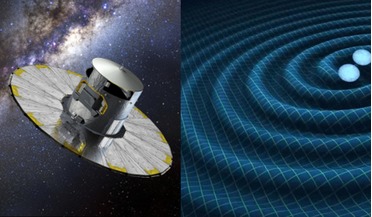 21 July 2017
A new way to search for gravitational waves?
21 July 2017
A new way to search for gravitational waves?
...is an ambitious mission to chart a three-dimensional map of our Galaxy, by measuring the positions and distances of stars in the Milky Way with unprecedented precision. So far, so good. But what does this have to do with gravitational waves you might...
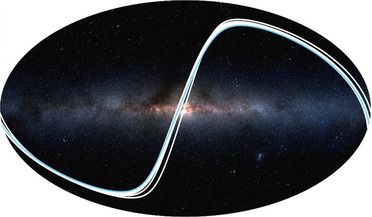 11 September 2017
Are we being watched from afar?
11 September 2017
Are we being watched from afar?
...able to spot us amongst the plethora of planets circling the Milky Way? Turning exoplanet-hunting on its head, a group of scientists...It is a very effective technique and accounts for the way the vast majority of exoplanets have been discovered so far....
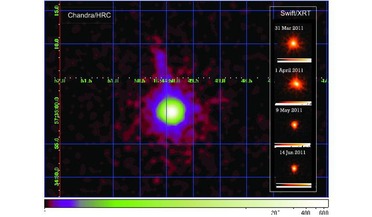 20 September 2017
A new way to 'weigh' extragalactic black holes
20 September 2017
A new way to 'weigh' extragalactic black holes
... of a star, scientists from Moscow State University have found a new way to estimate the mass of elusive supermassive black holes located outside of the Milky Way. Black holes are notoriously difficult; difficult to find and difficult to study...
 17 January 2018
First inactive stellar-mass black hole found in a globular cluster
17 January 2018
First inactive stellar-mass black hole found in a globular cluster
... than 150 are currently known to belong to our galaxy, the Milky Way. The cluster in question at the heart of this discovery is ..., astronomers noticed that one particular star that is on its way to becoming a red giant, was being flung backwards and ...
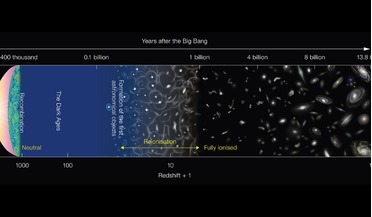 29 January 2018
Astronomers discover a fossil of the Reionisation era
29 January 2018
Astronomers discover a fossil of the Reionisation era
...formed and when this reionisation process started to occur. One way to help understand what might have gone on in this ... led to the formation of bigger galaxies such as the Milky Way for instance. Researchers are therefore keen to find examples of...
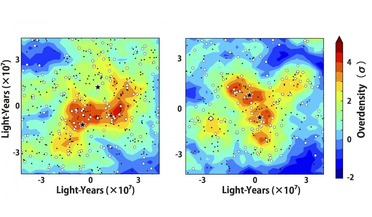 14 March 2018
Researchers rethink quasar connection after new find
14 March 2018
Researchers rethink quasar connection after new find
... luminous, powerful, and energetic objects known in the universe, emitting up to a thousand times the energy output of the Milky Way and historically, they were thought to inhabit the very centre of active, young galaxies. This apparently symbiotic...